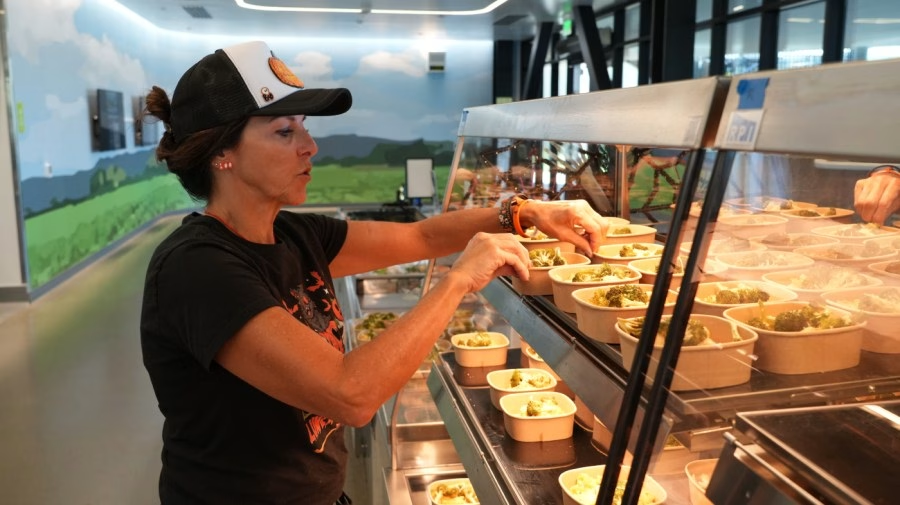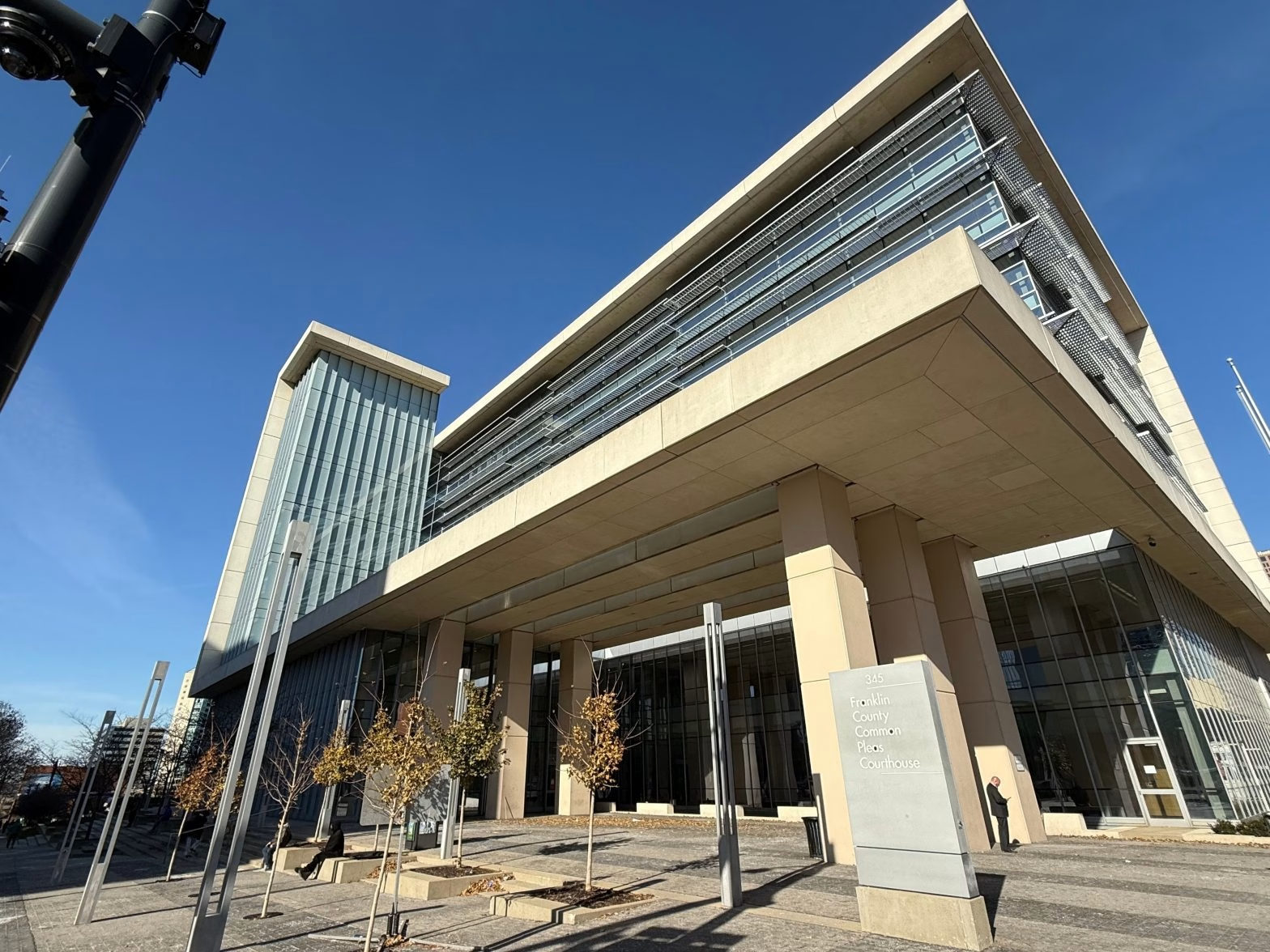Schools combat food insecurity as SNAP benefits waver
Schools Prepare for the Impact of SNAP Funding Crisis
Schools across the United States are preparing for the potential consequences of a looming crisis in the Supplemental Nutrition Assistance Program (SNAP). As the government shutdown continues, the program faces a financial shortfall that could leave millions without access to essential food assistance. While a federal judge recently ordered the Trump administration to continue funding SNAP as long as emergency funds are available, the situation remains uncertain and fraught with challenges.
The original $5.25 billion emergency fund is not sufficient to cover the full cost of SNAP benefits for November, which is estimated to be over $9 billion. This discrepancy has raised concerns among school officials, who are worried about the impact on student attendance, academic performance, and behavior. With nearly 42 million people expected to lose access to the program, many schools are taking proactive steps to support their communities.
Some districts have started establishing food pantries or increasing existing resources to help families in need. Others, however, feel they cannot take on the additional responsibility of providing meals and are directing parents to local food banks instead. The challenge is especially acute in districts where a high percentage of students qualify for free or reduced-price lunches.
Trevor Greene, superintendent of the Yakima School District in Washington, anticipates a significant blow to his district, which is in the 87th percentile for free and reduced-lunch programs. He expressed concern that more students will go hungry in the evenings but noted that they can still access meals at school. However, he warned that the impact will extend beyond the classroom and affect the broader community.
The SNAP funding issue has become a major point of contention during the monthlong shutdown, with both political sides acknowledging the immediate and substantial effects on families. Senator Josh Hawley (R-Mo.) warned that the situation would be “really bad” by Saturday, emphasizing the urgent need for assistance for 40 million people.
The U.S. Department of Agriculture (USDA) had previously stated it would not use billions of dollars in emergency SNAP funds if the shutdown continued past October 31, arguing that the closure was caused by congressional Democrats and not an actual emergency like a natural disaster. A federal judge, however, disagreed, ordering the USDA to distribute the funds “timely or as soon as possible” and provide an update by Monday.
Academic and Behavioral Impacts of Food Insecurity
Research from Central Michigan University highlights the connection between food insecurity and academic performance. Chronically hungry students tend to have poorer grades, lower test scores, and higher absenteeism and discipline rates. Similarly, the Centers for Disease Control and Prevention (CDC) released a report showing that students who eat breakfast daily, consume vegetables, and avoid soda are more likely to achieve higher grades.
Sean Bulson, superintendent of Harford County Public Schools, emphasized the need to anticipate behavioral and academic concerns stemming from food insecurity and household stress. Schools with high rates of reduced meals have already implemented measures to ensure students do not miss meals, such as offering breakfast after the bell rings or providing snacks for students staying after school for activities.
However, the problem is expected to worsen if the shutdown extends into the holiday season. Thanksgiving, Christmas, Spring Break, and summer vacations could create longer periods without access to meals, exacerbating the challenges for students and families.
Community Efforts and Resource Challenges
Schools are working closely with local communities to address the growing demand for food assistance. Some districts have reported that their food pantries, which typically serve 60 families, may run out before Thanksgiving if SNAP benefits are frozen. Others are expanding efforts to collaborate with local organizations to handle the influx of individuals seeking help.
In New York, Allison Persad, principal of the Young Women’s Leadership School of Astoria, announced plans to establish a school-based pantry in partnership with the PTA and staff. The initiative aims to normalize access to food assistance for all students.
Schools are also taking on the role of lead communicators, fielding calls from parents and providing information on available resources. Many districts have created comprehensive Google Docs or dedicated employees to manage communication and support families in need.
Becky Pringle, president of the National Educators Association (NEA), predicts that teachers will spend their own money to support students through food and other classroom materials. She shared her personal experience of covering costs for students throughout her career, noting that educators often fill gaps left by systemic failures.
As the situation evolves, schools remain vigilant, adapting their strategies to meet the needs of students and families amid uncertainty. The ongoing crisis underscores the critical role of SNAP in supporting vulnerable populations and the importance of finding sustainable solutions to prevent further hardship.
- Barrackville Lions Club hosts Christmas in our town - December 16, 2025
- INCY dan ABBV memimpin pemenang sektor kesehatan S&P 500 pada kuartal ketiga; MOH dan ALGN tertinggal - December 16, 2025
- Saat Generasi Boomer hingga Gen Z Bertemu Alumni - December 16, 2025




Leave a Reply